Michigan is a four-season travel state, and a fair number of people who travel here take advantage of legal recreational cannabis or Michigan’s reciprocal medical marijuana program. As a result, we’re seeing cannabis tourism growing here. Michigan welcomes the cannabis curious from nearby prohibition states like Indiana, Ohio and Wisconsin and everyone who travels here to enjoy all that Michigan offers—including legal weed.
Cannabis tourism is a growing area for many communities in Michigan. Cities, villages, or townships that have opted in for recreational cannabis have the opportunity to promote them, but few do. Michigan has around 700 marijuana dispensaries in operation scattered throughout the state. And while you can’t buy legal recreational cannabis in Michigan’s largest city, Detroit (it’s medical only), you’ll find an abundance of provisioning stores in other tourist hotspots. Places up and down Michigan’s Lake Michigan coastline from Benton Harbor near the state line with Indiana to Muskegon have a variety of cannabis stores. In addition, you’ll find cannabis available in Bay City over in the Thumb region and in Up North places like Cadillac and Marquette and Houghton in the UP near Wisconsin.
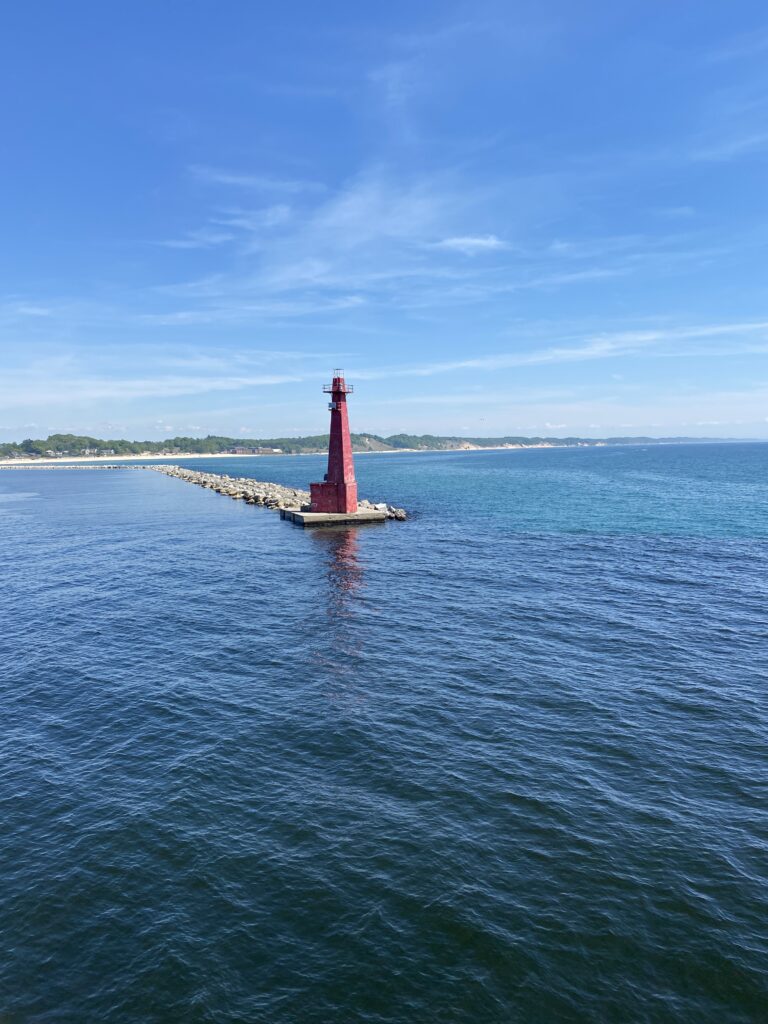
What proves to be perplexing for cannabis tourists or tourists who want cannabis is finding a place to consume and what to do with the cannabis you don’t consume while in the Mitten State.
Here’s a little list of where you can’t consume cannabis in Michigan. Some of it is Michigan law, and some are the preference of property owners.
- In your car or driving or sitting in a vehicle on any Michigan roadway.
- In a boat on a Michigan waterway
- Out in public where anyone can see you smoking
- On private property where cannabis is expressly prohibited
- In most hotel/motel rooms or on hotel property
- Around the campfire at the Michigan State Park or on a state park beach or trail
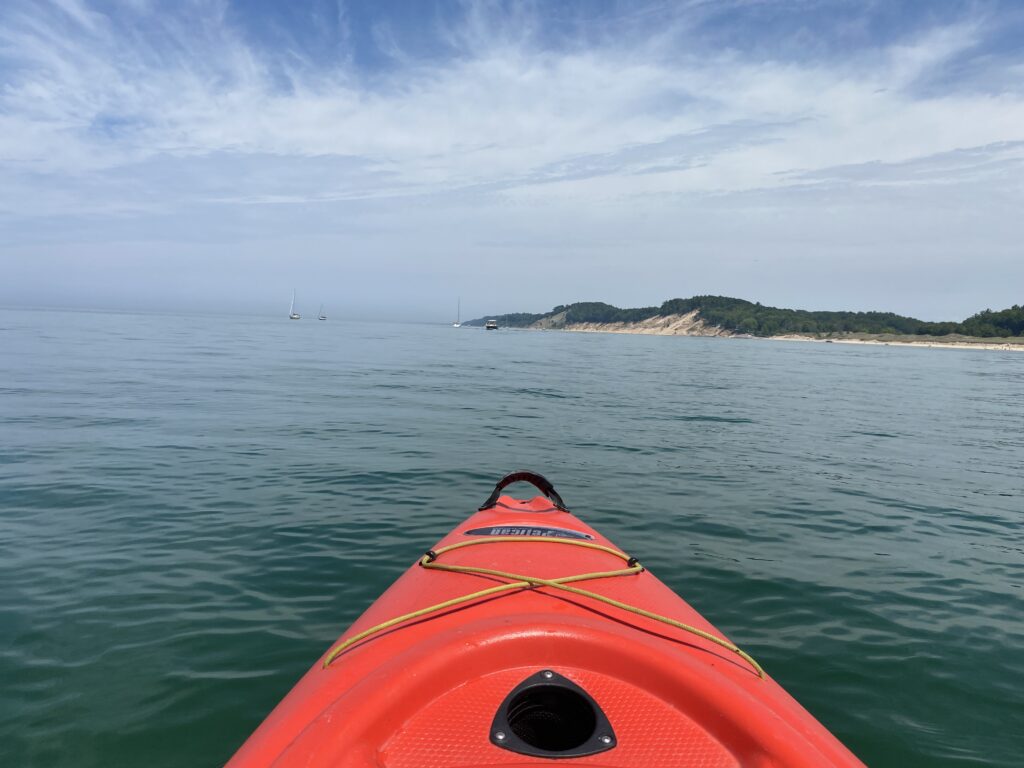
It truly crimps your options, doesn’t it? Until more properties (hotels, motels and resorts) allow cannabis consumption, travelers will be challenged to find a place to consume. We wondered why this was the case.
“We have yet to see a community fully embrace cannabis; it’s still often held at arm’s length,” Andrew McFarlane from Michigan Cannabis Trail and Michigo said.
This disconnect is apparent where Michigan’s cannabis stores are most densely located and how they’re not embraced or even recognized by local visitor’s bureaus and Chamber of Commerce entities.
You’d think Ann Arbor, Michigan’s historical epicenter of marijuana, would embrace the plant and stores in its geographical area—but that’s not the case. Unfortunately, it’s difficult for established organizations to change and adopt a formerly illegal substance.
“There are certainly a large group of people who still think that cannabis is a bad thing—and until they’re no longer in leadership positions, we’ll always have roadblocks,” Andrew said.
There’s no legal or ethical reason that a visitor’s bureau can’t list a cannabis business as a traveler’s destination. It’s a matter of will and desire.
Andrew also pointed out that the Visitor’s Bureau in Modesto, California, has its Motown CannaPass that people can register for, which unlocks information and cannabis-friendly businesses in the community. “It’s normalizing the cannabis experience and promoting community businesses—which they should be doing,” he said.
He noted that at least seven licenses are in progress for cannabis consumption lounges in the state. However, none have opened as of early 2022. These lounges are bound to be a focal point for
For people traveling in Michigan who are looking for options when it comes to a consumption space, you’ll have to look carefully and plan accordingly. Finding a place to stay that is cool with cannabis is the first step—Michigan Cannabis Trail and Bud and Breakfast websites offer some options.
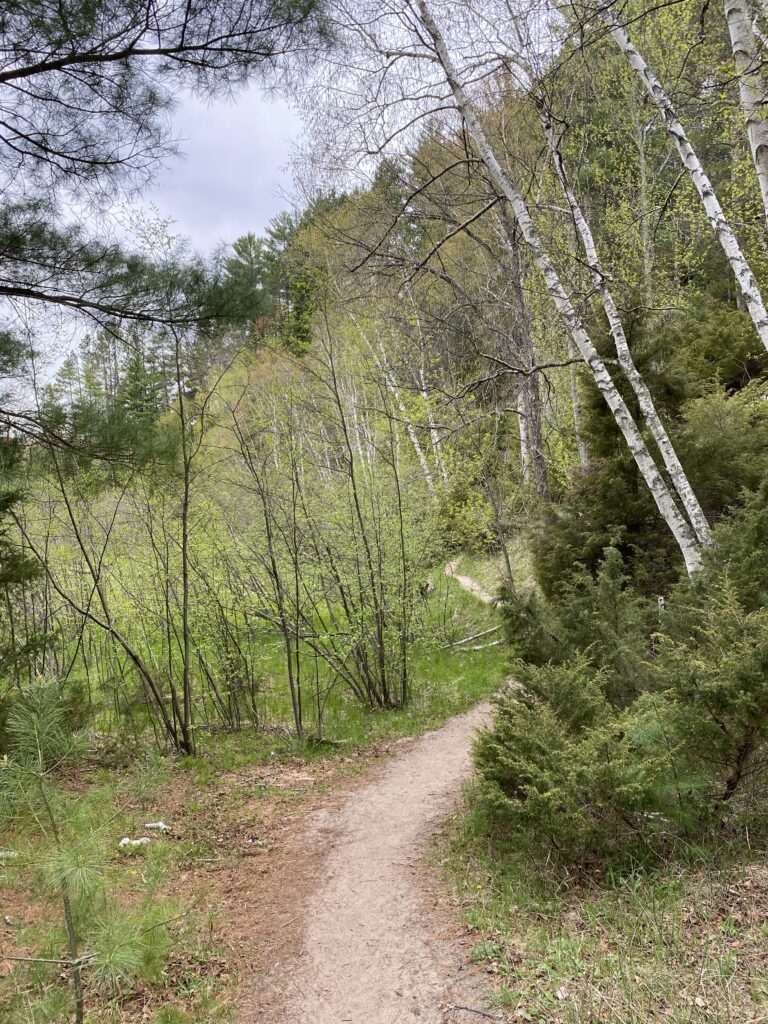
Here’s something we found interesting—you can consume in a Michigan State Park, but not in public (see the campfire note above). So you can consume cannabis in your tent or camper. Of course, it’s not as cool as sitting around the fire or walking on the beach, but it’s something.
If you’re in town for the annual Hash Bash in Ann Arbor on the first Saturday in April—that’s a fun spot to light up. In addition, organized cannabis events are popping up across Michigan. These licensed events allow consumption and have sales in the same place—usually with live music and other cannabis-centric activities. Expect to find them throughout the summer of 2022.
As you travel in Michigan, be discrete where you fire up, and you’ll be fine.
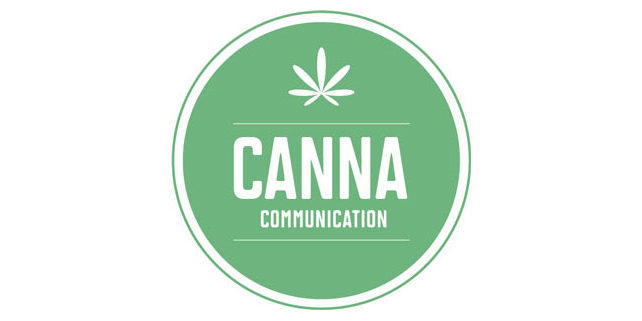
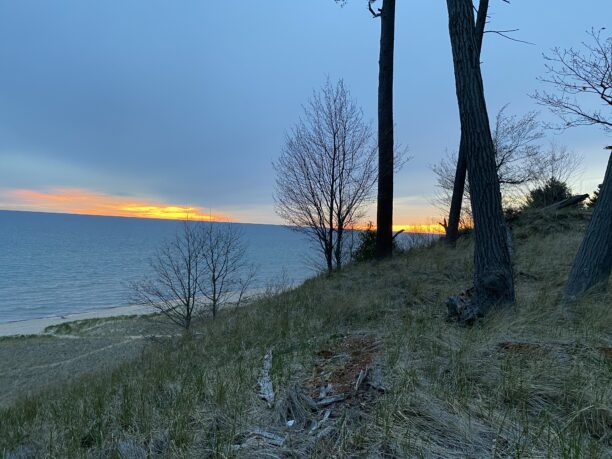
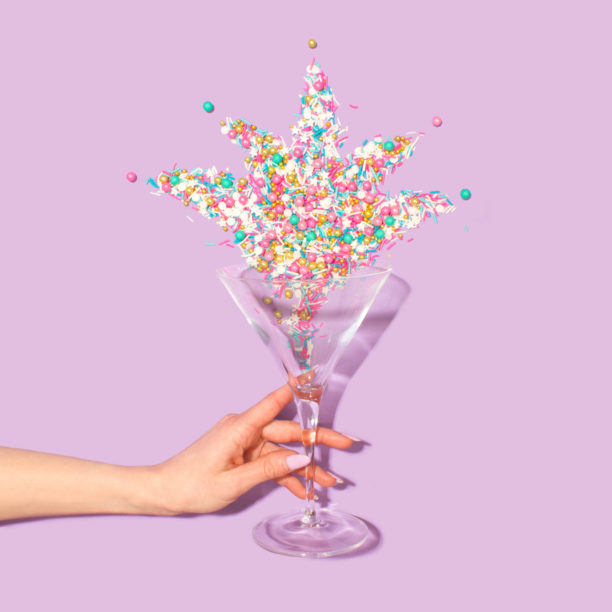
 to marijuana is compliant with local and state laws. You don’t want to do anything that would jeopardize your license, whether that is onsite consumption, giving away product or serving alcohol in your space.
to marijuana is compliant with local and state laws. You don’t want to do anything that would jeopardize your license, whether that is onsite consumption, giving away product or serving alcohol in your space. 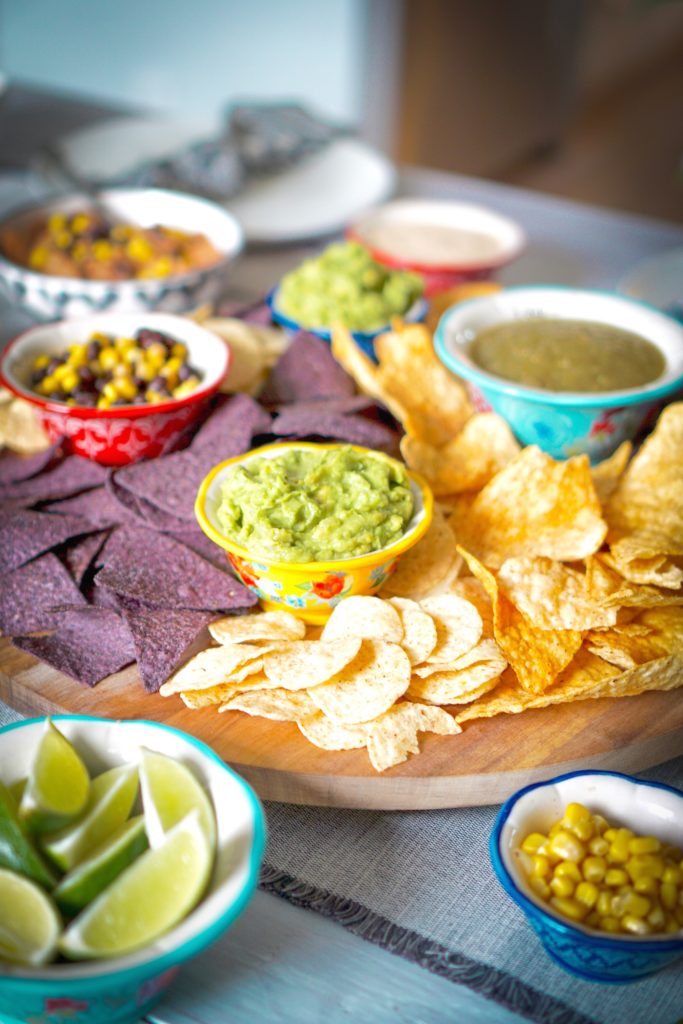 and easy to eat. Keep in mind the time of your event, 5-7 PM is the dinner hour and people might expect heavier foods, 7-9 PM might lend itself to desserts and mid-afternoon is great for veggies, cheeses and crackers. Keep in mind food preferences like vegetarians and allergies like gluten and provide options. Label your food and make sure your troubleshooter knows what’s in the food you’re serving. If you’re serving infused food make sure it’s clearly labeled with potency and that you’re not outside the law.
and easy to eat. Keep in mind the time of your event, 5-7 PM is the dinner hour and people might expect heavier foods, 7-9 PM might lend itself to desserts and mid-afternoon is great for veggies, cheeses and crackers. Keep in mind food preferences like vegetarians and allergies like gluten and provide options. Label your food and make sure your troubleshooter knows what’s in the food you’re serving. If you’re serving infused food make sure it’s clearly labeled with potency and that you’re not outside the law.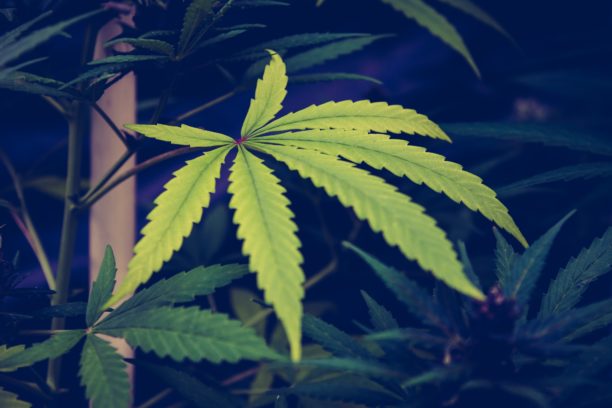
 Another thing that sets Michigan apart from other states that have adult use cannabis is that we are a major tourist state. A four-season tourism state.
Another thing that sets Michigan apart from other states that have adult use cannabis is that we are a major tourist state. A four-season tourism state. 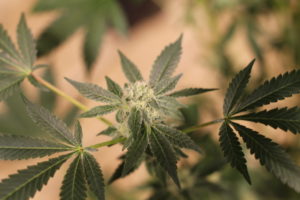 We have public opinion on our side. From big national surveys like
We have public opinion on our side. From big national surveys like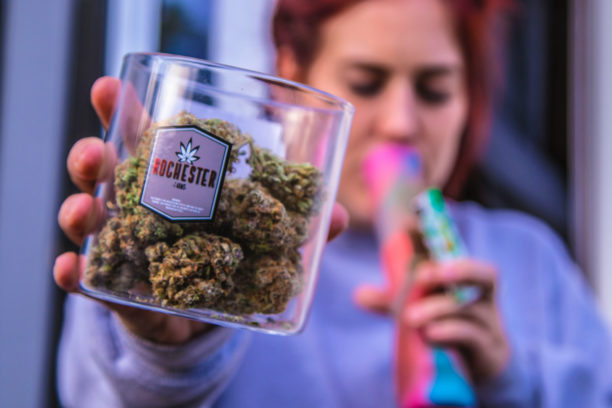

 Other films, including our inspiration for this blog title
Other films, including our inspiration for this blog title 


 more than 13,000 Posts across the United States
more than 13,000 Posts across the United States

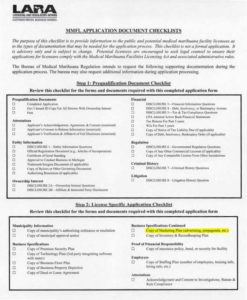
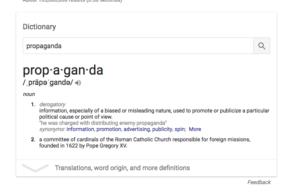 Propaganda is a word that’s generally negative; it’s about a single point of view, is meant to be persuasive and is often biased and misleading. It’s not a word that is used often or lightly.
Propaganda is a word that’s generally negative; it’s about a single point of view, is meant to be persuasive and is often biased and misleading. It’s not a word that is used often or lightly.
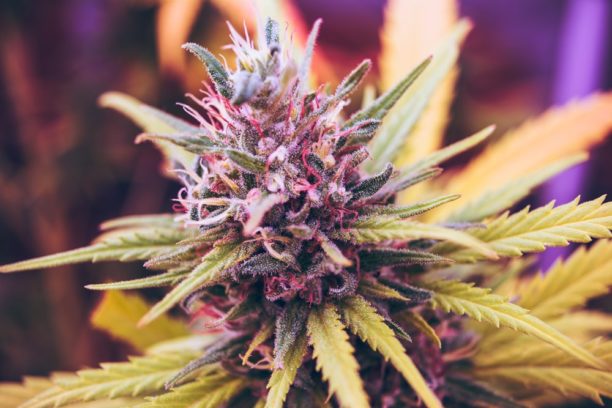
 You might have read about a
You might have read about a